The NZXT Manta mITX Case Review
by E. Fylladitakis on June 16, 2016 9:00 AM EST- Posted in
- Cases/Cooling/PSUs
- Mini ITX
- NZXT
- Case
The Interior of the NZXT Manta
NZXT used the same satin black paint as the exterior to spray the interior of the Manta as well. Everything in the case is black, including the stock cooling fans and their blades. An opening on the motherboard tray allows for the installation of aftermarket CPU coolers without having to remove the motherboard from the case. The opening looks small, but there should not be any compatibility problems with most Mini-ITX boards.
Openings for the routing of cables can be seen above and below the motherboard area. None of the openings have rubber grommets installed, which is strange for a case of this price range. The right side of the motherboard is essentially entirely open and covered by a metallic bridge installed above it. A non-removable metallic shield separates the system area from the PSU compartment.
Two metallic 2.5” drive trays can be found to the right side of the main system. Each tray is held by a thumbscrew and can be easily removed without the use of tools, but the device itself needs to be secured onto the tray using screws. The position of the trays also has the devices facing towards the front of the case, meaning that the stickers of some SSD drives will be upside down.
Two 120 mm intake fans can be found installed at the front of the case. 140 mm fans will also fit here, as will 240 mm and 280 mm long liquid cooling radiators. This is equally true for the top panel of the case, allowing the user to concurrently have two powerful liquid cooling systems installed. One 120 mm exhaust fan is installed at the rear of the case, the position of which can be vertically adjusted.
NZXT installed a simplistic but functional fan controller at the rear of the motherboard tray. The controller has seven headers, three of which are occupied by the stock cooling fans. It simply takes the PWM signal from one of the motherboard’s headers and uses it to control the speed of the fans connected to it.
One 3.5” drive can be installed on the back of the system area, behind the 2.5” drive trays. The 3.5” drive needs to be secured using screws and, to that end, the 2.5” drive trays need to come off. Another 3.5” device can be installed to the bottom of the case.
A small button at the rear of the case controls the lighting of the Manta. There are two lighted areas on the Manta. The first one is the white company logo on the front side of the PSU compartment and the second is the exterior of the motherboard’s I/O panel at the rear of the case. This is an interesting approach and can possibly be functional whenever someone wants to insert a cable in the dark. The switch has four settings: all on, logo on, rear panel on, all off. The system area is not in any way illuminated and LED fans or other light sources are virtually necessary to those who want to showcase their system.
For the means of this review, we installed a Corsair AX760i with the red cable set, for strong visual contrast. The AX760i easily fits inside the NZXT Manta, with enough room for managing the cables. The cables are also more than long enough for a typical system, as the Mini-ITX motherboard tray is significantly shorter than what the PSU has been designed for. There are numerous cable tie points that aid with the management of the cables and several openings that bring each cable near its intended connector. Our only concern lies with the metallic bridge to the right side of the motherboard, as it seems to be doing more harm than good, prohibiting the 24-pin cable from taking a proper turn and limiting access to the 2.5” device connectors. Although the clearance looks to be just OK from these pictures, it actually is massive when the extra couple of centimeters that the curved side panel adds are taken into account, which is how the 3.5” drive easily fits there are well.
The Mini-ITX system fits inside the system area of the Manta with ease, allowing the installation of large air coolers, liquid coolers and long/wide graphics cards. There is a long of space in front of the motherboard, allowing cards up to 420 mm long to the installed. However, note that the installation of a liquid cooling radiator at the front of the case will reduce this clearance. The CPU cooler’s maximum height is 160 mm, which is not great considering the massive width of the case. Several top tier air coolers will not fit into the Manta.


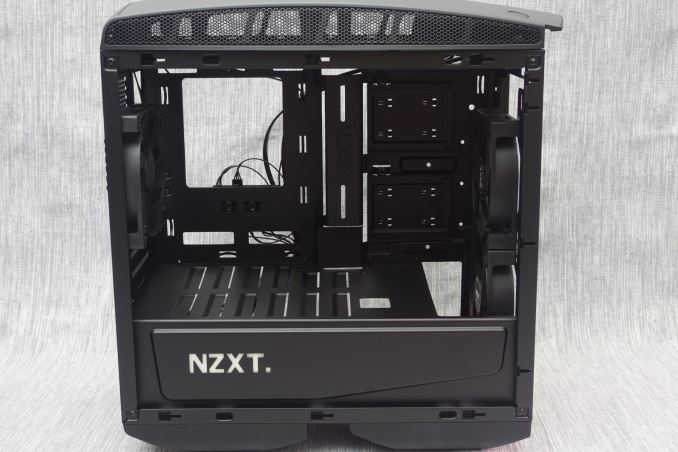
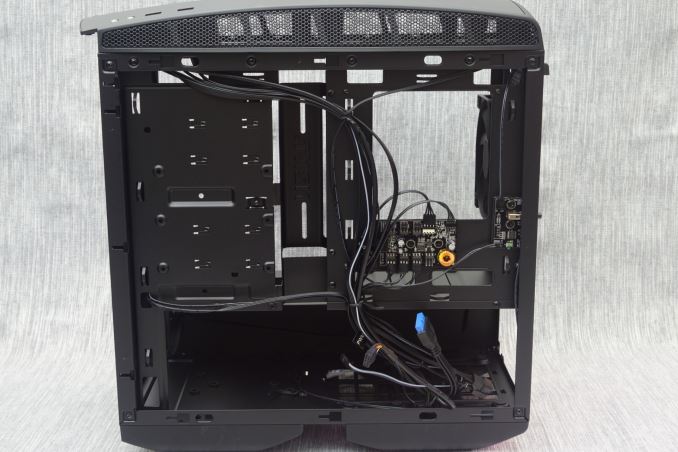
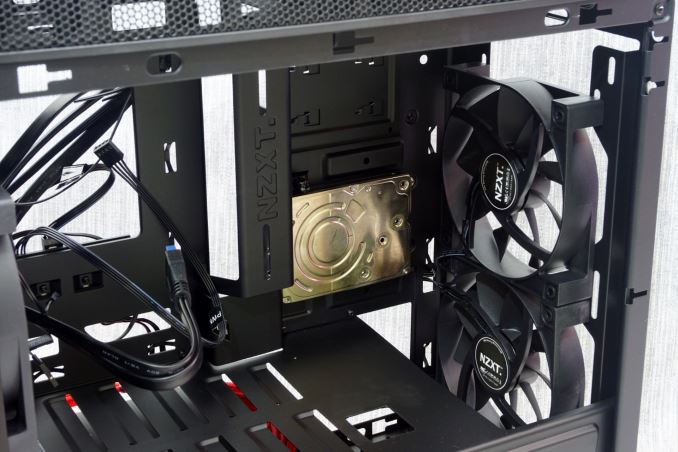
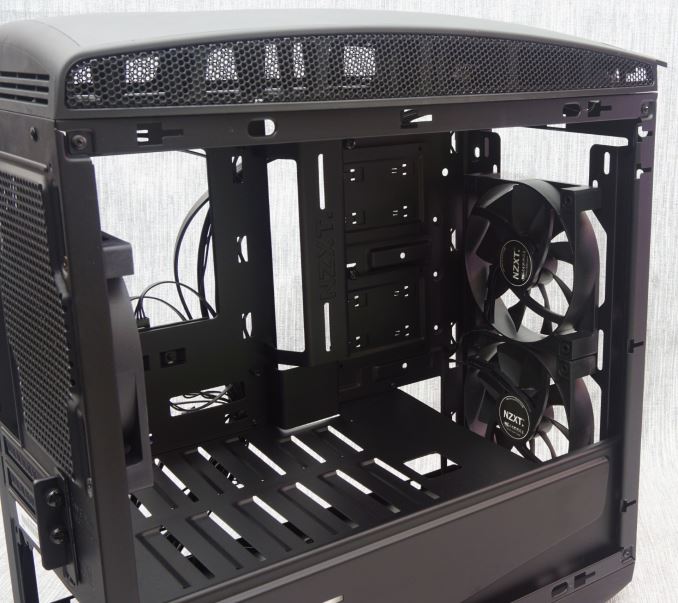
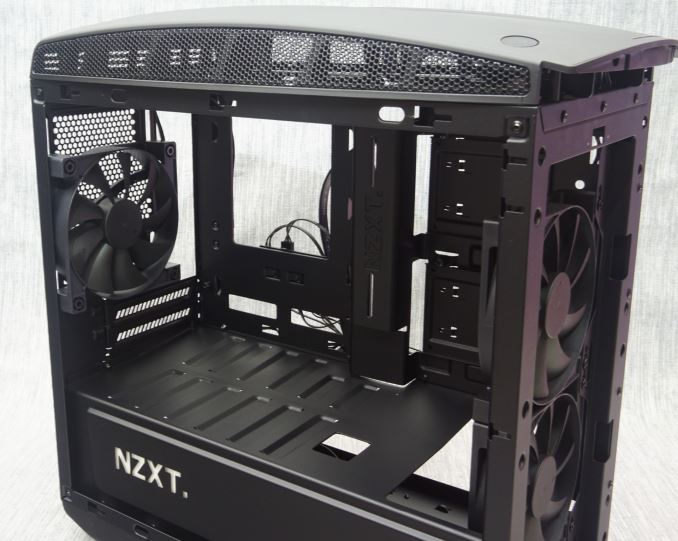
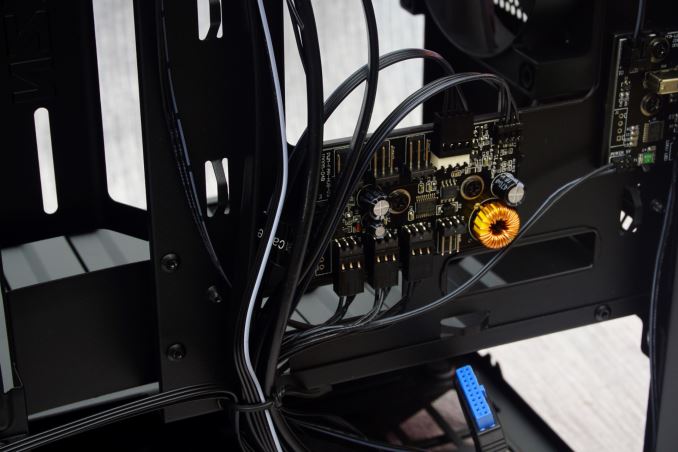
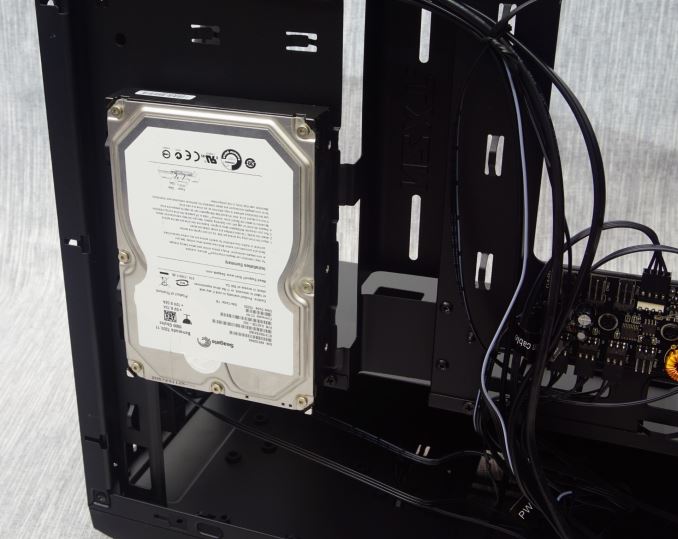
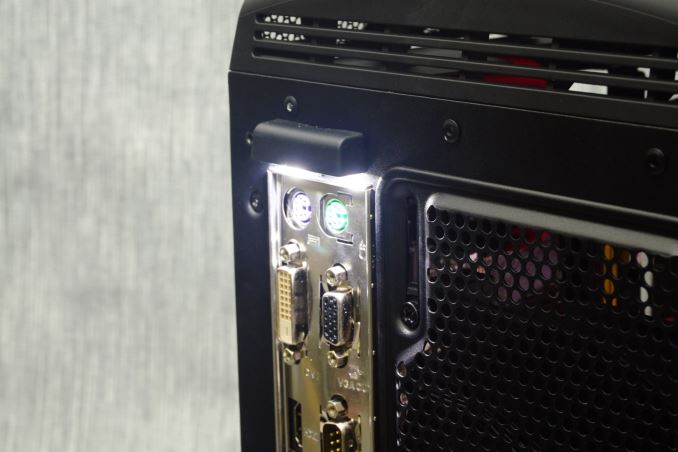
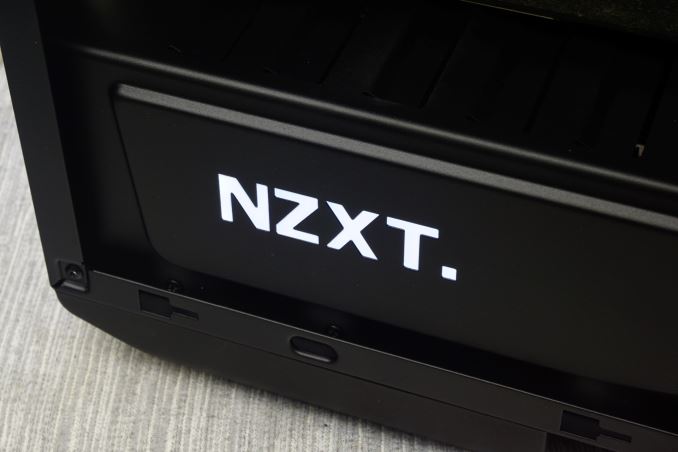
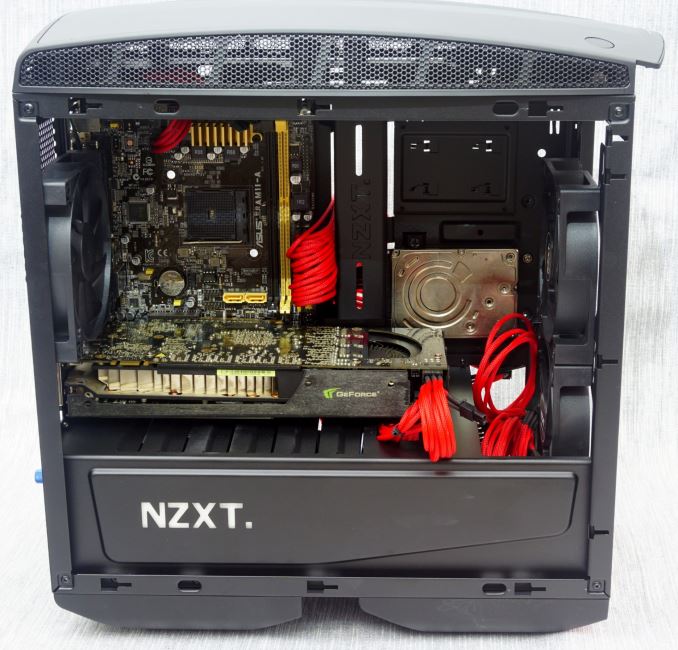
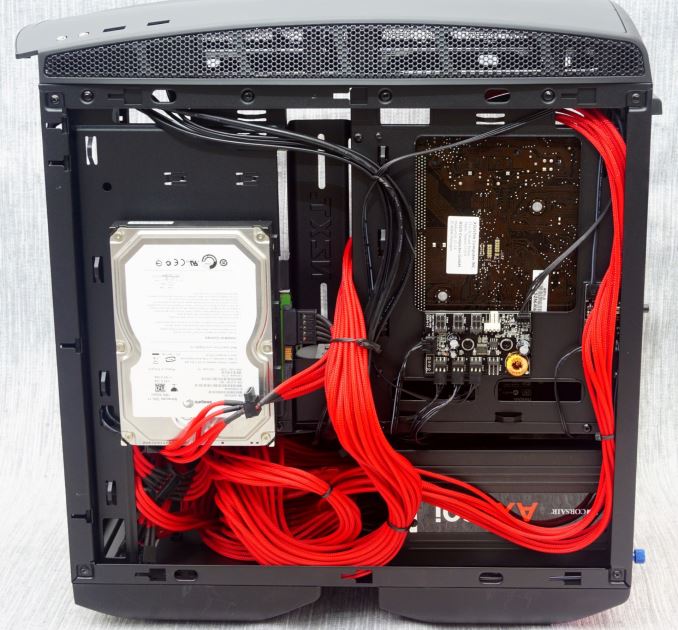








48 Comments
View All Comments
Connoisseur - Thursday, June 16, 2016 - link
Exactly what I care about for my next build, which will be a mini-itx. Was looking at ncase m1 as it's definitely the most compact and clean-looking around but a little concerned about the lack of user-friendliness. Every build video I've seen seems like an exercise in putting together a 3d jigsaw puzzle.Ideally I'd like all of the items you mentioned plus fairly easy user access and cable management but I know the cases start to get larger at that point.
Connoisseur - Thursday, June 16, 2016 - link
Also, agree on the benchmarking. mini-ITX shouldn't be rated together since the internal volumes vary drastically. There should be a noise and temperature benchmark where they assess the temps at a given noise level (something similar to what SPCR does) accounting for a high performance vid card.Samus - Thursday, June 16, 2016 - link
The ncase m1 is awesome. It is an oldie, just like the Silverstone FT03-mini, and it seems itx cases since have lost their sole purpose of the requirements you outlined. I think a minimalistic design with silent operation and as compact internal volume as possible are the key goals, while still fitting a 10.5" video card, even if an SFX PSU is required.Major_Kusanagi - Thursday, June 16, 2016 - link
No offense, but don't lump every enthusiast into your viewpoint. I for one love my fairly recent Manta build (seen here: http://i.imgur.com/xJh9owx.jpg )which fits my needs perfectly.kyuu - Saturday, June 18, 2016 - link
Very nice looking build. Kudos.Drumsticks - Friday, June 17, 2016 - link
Personally, I've got a Corsair Obsidian 250D with a 240mm radiator running a 4.7 GHz i5-4670k. I have an ancient 7850 that is about to get replaced, but I'm pretty happy with the size, capabilities, and performance of my rig. It's not the smallest thing (the ncase m1 you mentioned is probably half the size), but it's definitely pretty easy to carry under one arm, which is really all I need from my mITX.While I agree that there is a need (and not an insignificant one) for the smallest case you can get, stuff the size of my case do fine, imo. Granted, the Manta in question is pretty big as far as I understand, but the thing I like about my system is I can fit essentially a full PC with no compromises (barring a single PCI-e slot inherent to ITX which is a given) and still manage a small build with good airflow.
kepstin - Thursday, June 16, 2016 - link
I'll be honest, I was initially wondering why the photographer was using a fish-eye lens to take photos of this case... that's a pretty unusual and bulky look for a PC case.ingwe - Thursday, June 16, 2016 - link
I thought the same thing. Very...unique...zodiacfml - Saturday, June 18, 2016 - link
They probably have a small room to do the product photography.dsraa - Thursday, June 16, 2016 - link
16 inches tall is as tall as ATX Mid-tower, what's the point? It's a wierd shape too.....complete fail.